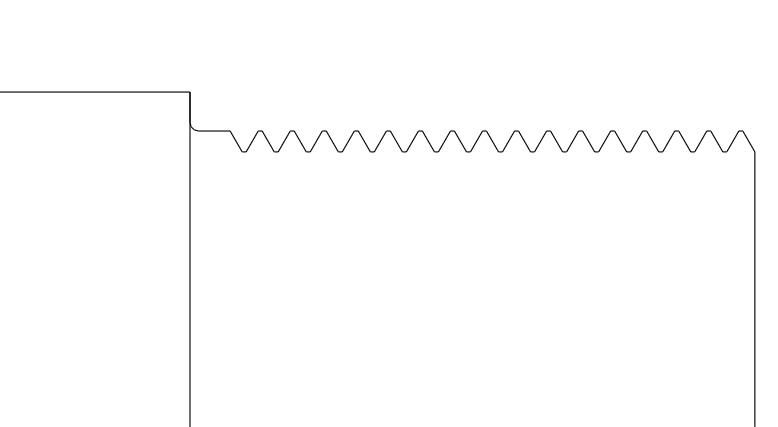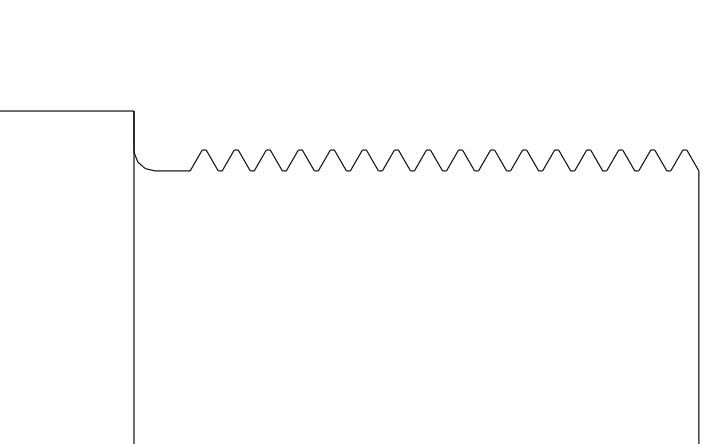I just pointed out that if one had the choice to eliminate the radius and put a sharp corner where a hub intersects a flange (NEVER a best practice) or grind a little chamfer on the lug to eliminate the interference, that one might as well do it the right way.
Your introduction of a cylinder head bolt or stud as an example of proper fastener design muddied the water a bit since the applications are totally different; a fastener provides clamping force and resistance to loosening through stretch. In effect it is acting like a powerful spring to accommodate thermal growth in the components it is clamping. This is why it is necked down, to control the tensile strength of the bolt. Meanwhile, the steel fastener screws into an aluminum engine block. The female threads in the cylinder block are the weak link, not the male threads on the fastener. That is why the threads are a larger diameter than the body of the bolt.
I'm not interested in giving a dissertation on faster design here. I am a formally trained machinist and moldmaker with decades of experience in multiple manufacturing disciplines. You are free to finish your barrel tenons any way you choose, but I'll always do it MY WAY, the right way.
Joe




